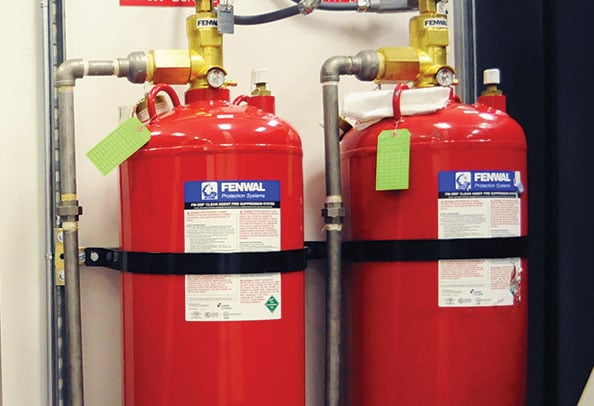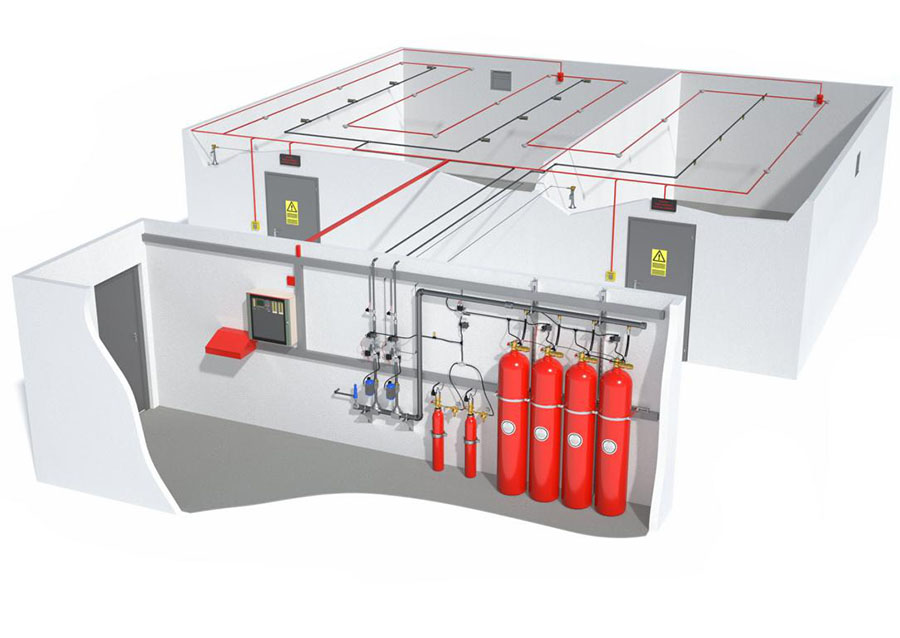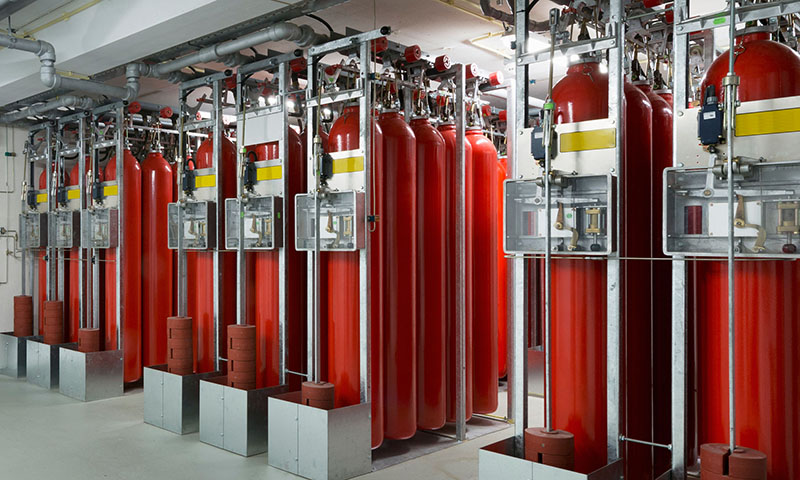Halon Fire Suppression System In A Computer Room

Halon alternatives for fire protection.
Halon fire suppression system in a computer room. Ensuring that the correct fire extinguishers are in place greatly increases your fire protection. Automatic fire suppression systems provided in computer rooms should be selected with due consideration of the hazards being protected and the impact of the agent on energized information and communications technology ict equipment or on unprotected emergency responders performing depowering functions. What is halon and how does it work. If you have a room or area in your property which could receive more damage than it is worth from the water released by a sprinkler system in the event of a fire you likely have a fire suppression system installed.
Environmental protection agency subsequently banned its manufacture in 1994 the search was on for. A halon system is a type of gaseous fire suppression system which operates with halon gas in the 1980s halon was recognized as an ozone depleting compound and production of additional halon was largely banned today installation of new halon systems is only allowed when people can demonstrate that they absolutely must have a halon system. Since halon the former predominant fire suppression system agent was revealed to be environmentally destructive to the ozone companies have looked toward other alternatives such as clean agent systems and inert gases to solve their need for computer room fire systems. Gaseous fire suppression also called clean agent fire suppression is a term to describe the use of inert gases and chemical agents to extinguish a fire these agents are governed by the national fire protection association nfpa standard for clean agent fire extinguishing systems nfpa 2001 in the us with different standards and regulations elsewhere.
Most systems use halon even though it has been shown to be environmentally unfriendly ozone. But in 1989 when the montreal protocol determined that halon depleted the ozone layer and the u s. Here are the types of fire extinguishers that are necessary. Server room fire suppression technology has been around for as long as there have been server rooms.
Like halon both clean agent and inert gas systems provide safer options. Halon is a clean agent the national fire protection association defines a clean agent as an electrically non conducting volatile or gaseous fire extinguishant that does not leave a residue upon evaporation halon is a liquefied compressed gas that stops the spread of fire by chemically disrupting combustion.



















